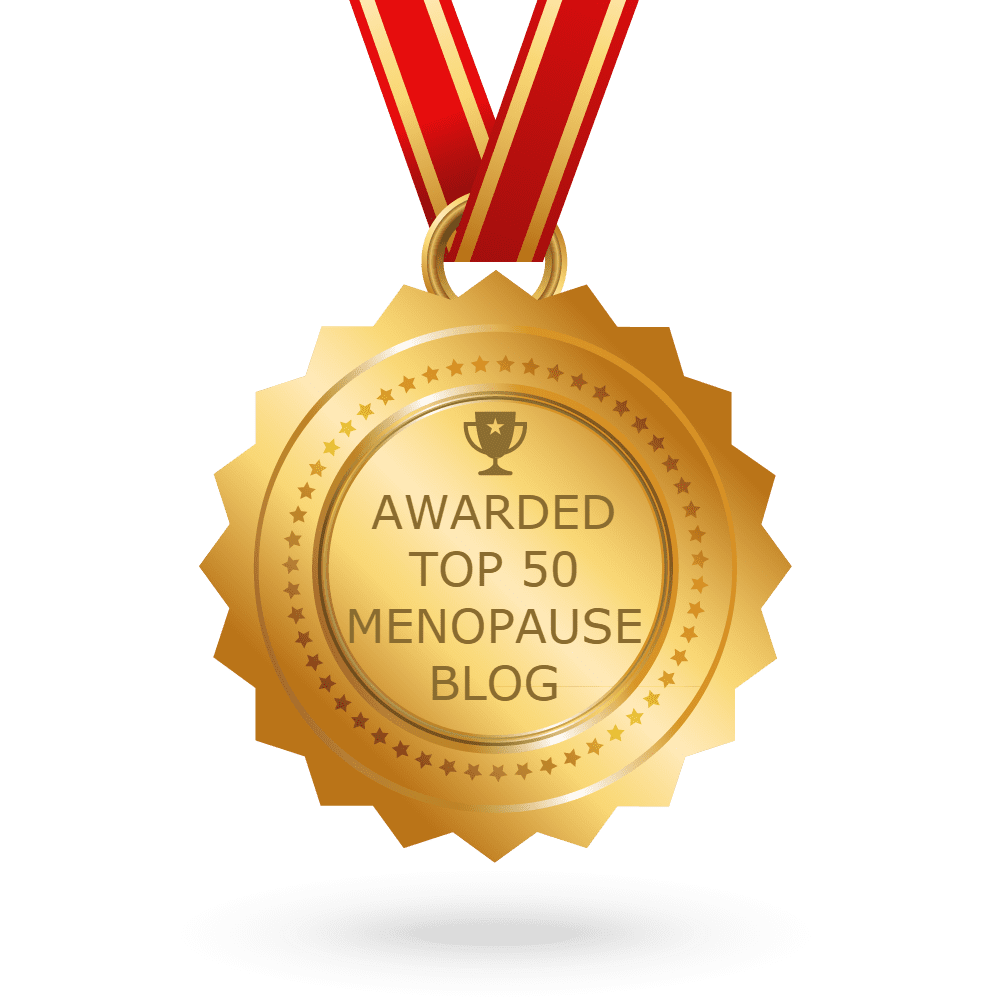Incontinence
Symptoms in Detail
The result of weakened pelvic muscles
Urinary incontinence is a seldom discussed sign of menopause.

What is urinary incontinence?
Urinary incontinence is the result of weakened pelvic muscles. Many women experience this after giving birth but don’t associate it with menopause.
What causes urinary incontinence during menopause?
The hormone estrogen plays an important role in helping to keep our bladders and urethra healthy and functioning correctly. As estrogen levels begin to drop during menopause the pelvic muscles weaken so they are unable to control the bladder. The degree of incontinence may worsen as estrogen levels continue to drop.
Different types of urinary incontinence
Stress incontinence refers to bladder leakage when you cough, exercise, sneeze, laugh, or lift something heavy. An overactive bladder, when the muscles dont relax or squeeze incorrectly, is responsible for urge incontinence – those emabarrassing moments when you just cannot control the urge to urinate. Overflow incontinence is when the bladder doesn’t completely empty causing urine dribbling, weak stream and wanting to urinate at night.
Know the 34 symptoms of menopause
Here are all of the documented symptoms of menopause you need to look out for:
Physical Symptoms
- Incontinence
- Changes in Body Odour
- Bouts of Rapid Heart Beat
- Breast Pain
- Headaches
- Joint Pain
- Itchy Skin
- Burning Mouth Syndrome
- Electric Shock Sensation
- Digestive Problems
- Gum Problems
- Increased Tension in Muscles
- Formication - Crawly Skin
- Paresthesia - Numbness in Hands and Feet
- Osteoporosis - After Several Years







